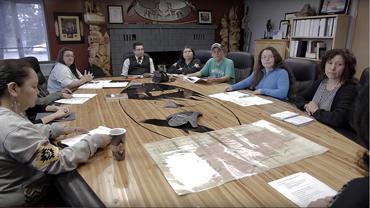Council must also create policy for reporting of local revenues.
This policy includes the steps for:
- the creation, review, and approval of a yearly financial report on local revenues, including who is responsible for completing these activities and when these activities must be completed
- making sure that the report above is separate audited yearly financial statements for local revenues only. If a First Nation raises no more than $400,000 in local revenues each year, it can present its local revenues as a separate segment of activity in the audited yearly financial statements for the First Nation
- the audited local revenues financial report or the audited annual financial statements must be available to the following:
- the members of the First Nation
- any people who have an interest in, or the right to occupy, possess, or use, the First Nation’s reserve lands
- the First Nations Tax Commission, the FMB, and the First Nations Finance Authority
- the Minister of Indigenous and Northern Affairs Canada
The policy and procedures above must keep the same standards and values as the FMB’s Local Revenue Financial Reporting Standards.
Council must create a policy to make sure that the senior financial officer or the tax administrator keeps and has available at all times a complete set of all records of the First Nation’s local revenues laws and their administration. This includes all records referred to in section 5 officer or the tax administrator keeps and has available at all times a complete set of all records of the First Nation’s local revenues laws and their administration. This includes all records referred to in section 5 of the Revenue Management Implementation Regulations.
Council must also create a policy for any services that are paid for with local revenues.
This policy must state that:
- a list of all services paid for in whole or in part from local revenues must be kept and maintained. This includes details of previous service agreements and agreements that are not yet approved
- the creation and documentation of the expected performance of the critical services above. This includes operating and service delivery performance

